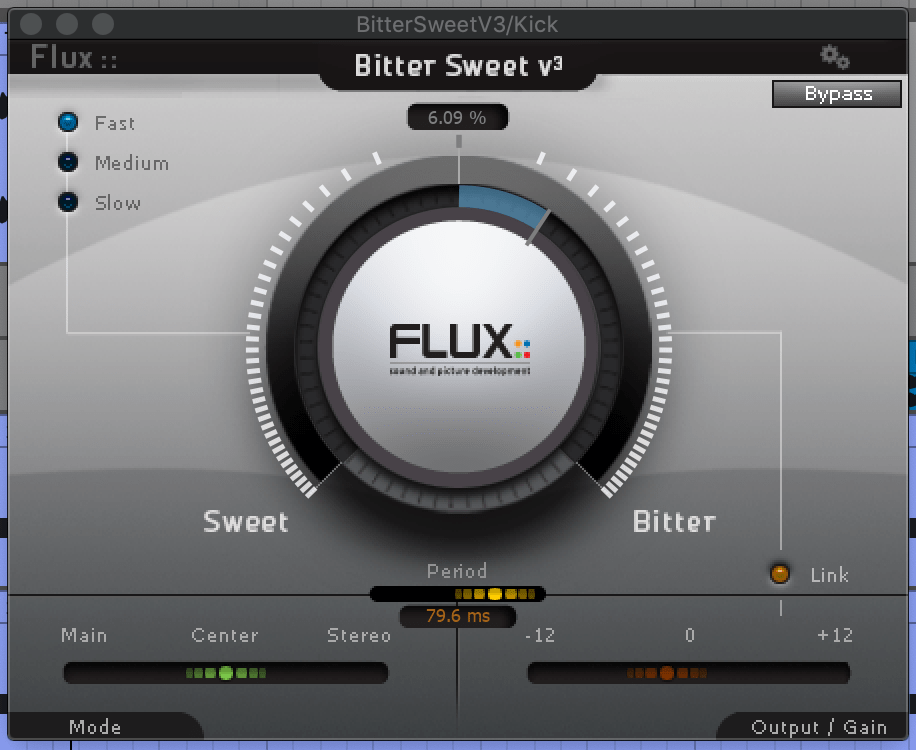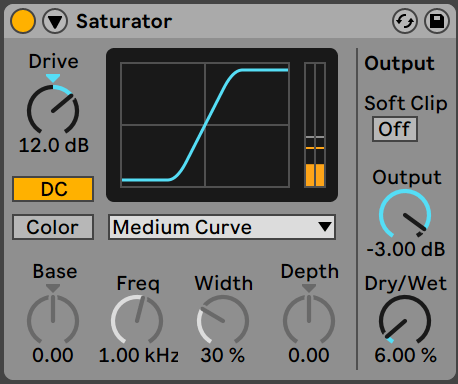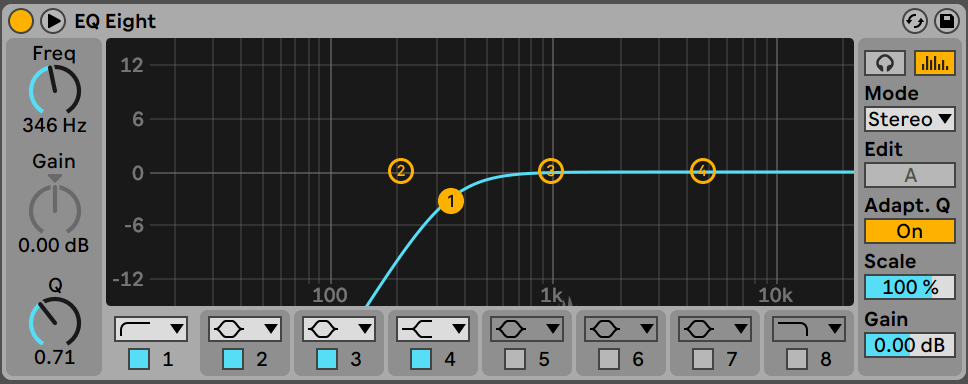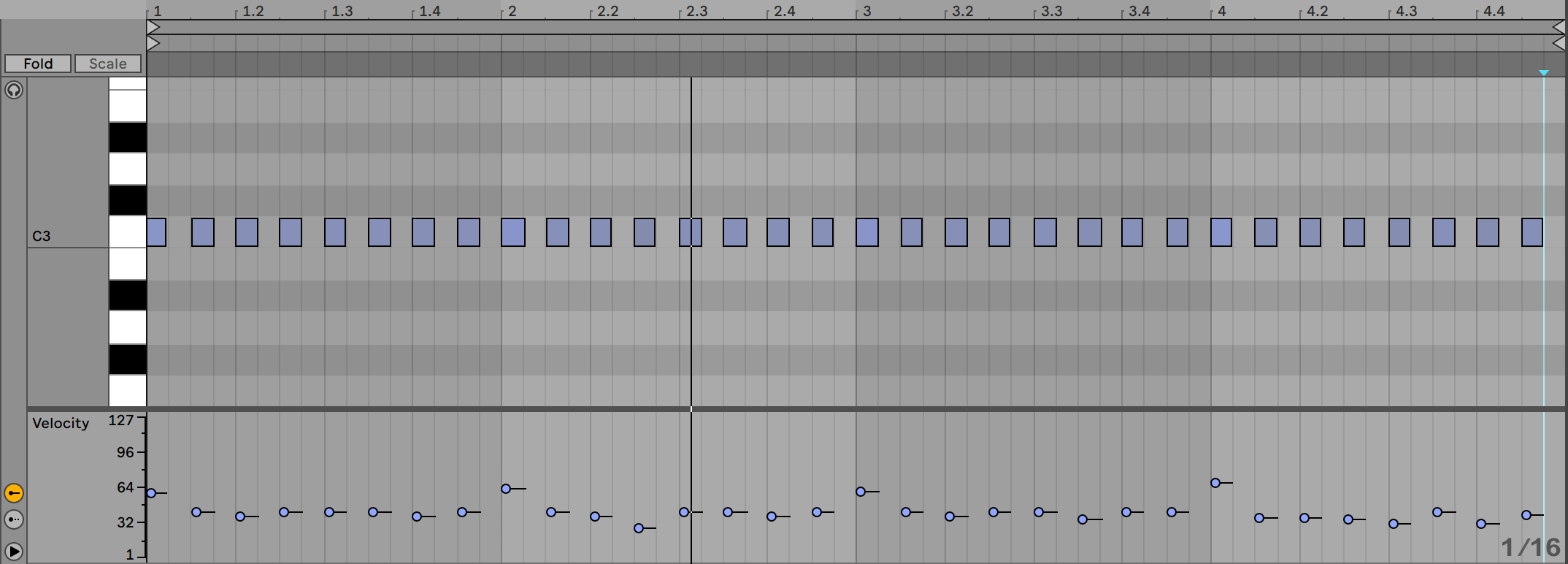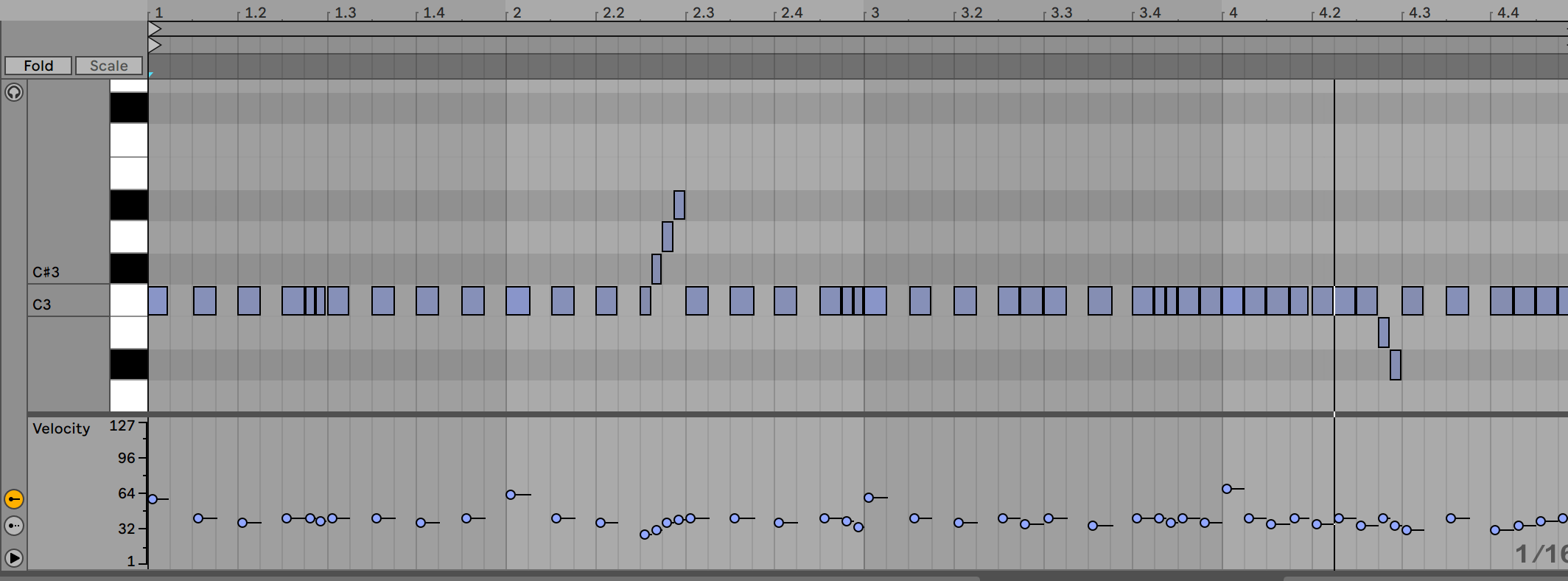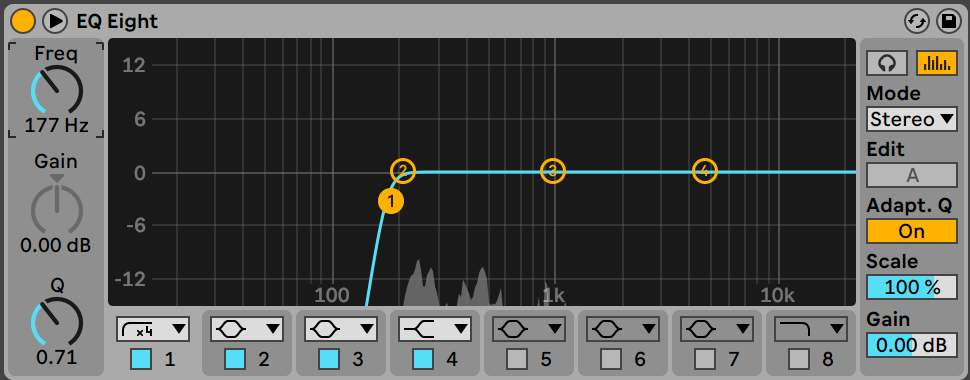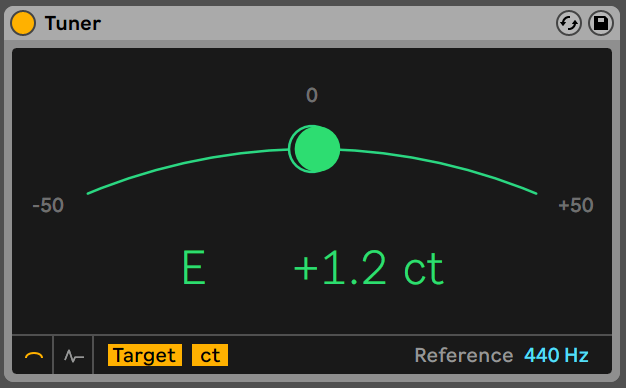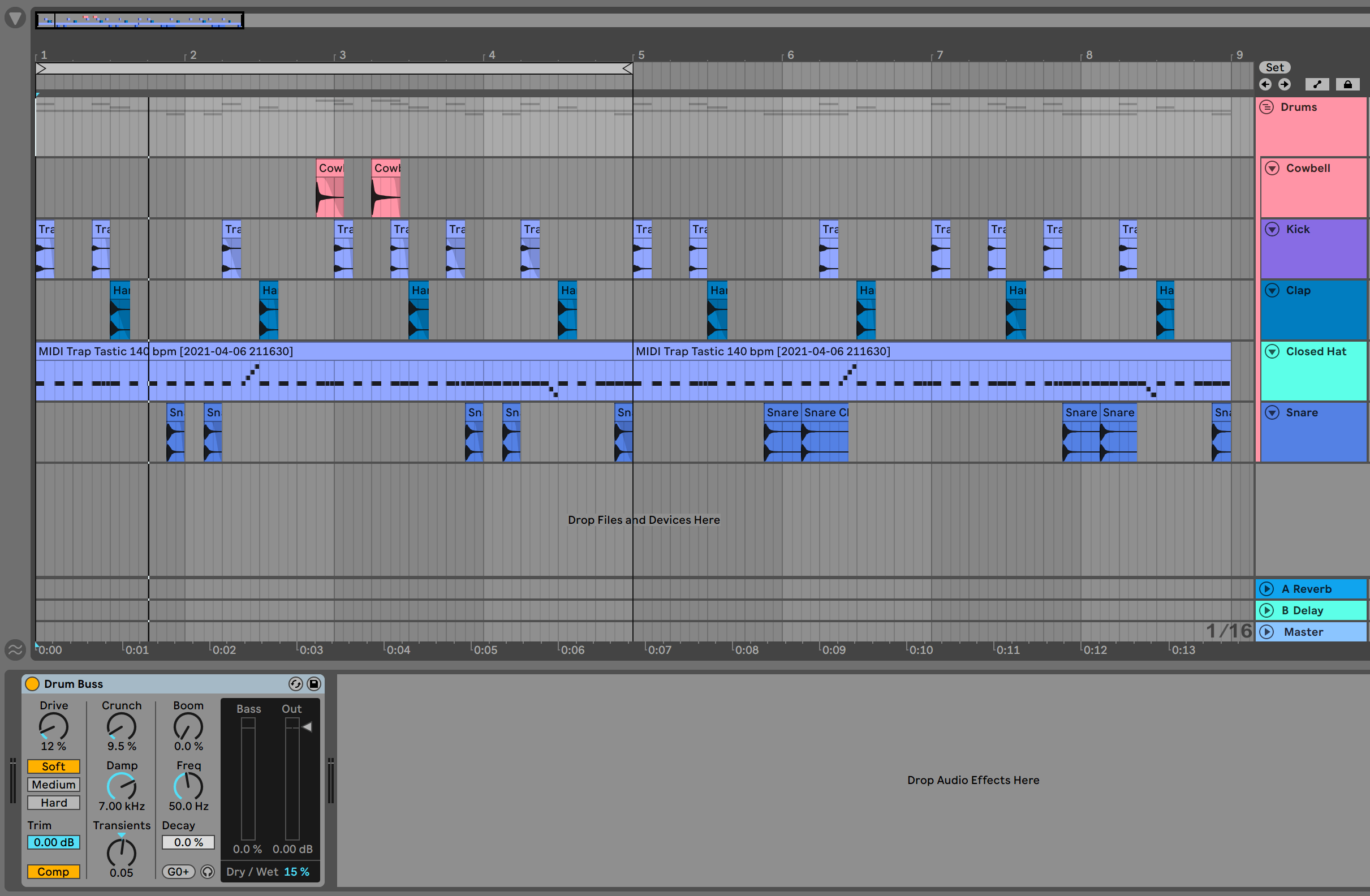
Crypto Cipher Newsroom
How to Make Melodic Trap Beats_Part 1 (Drums)
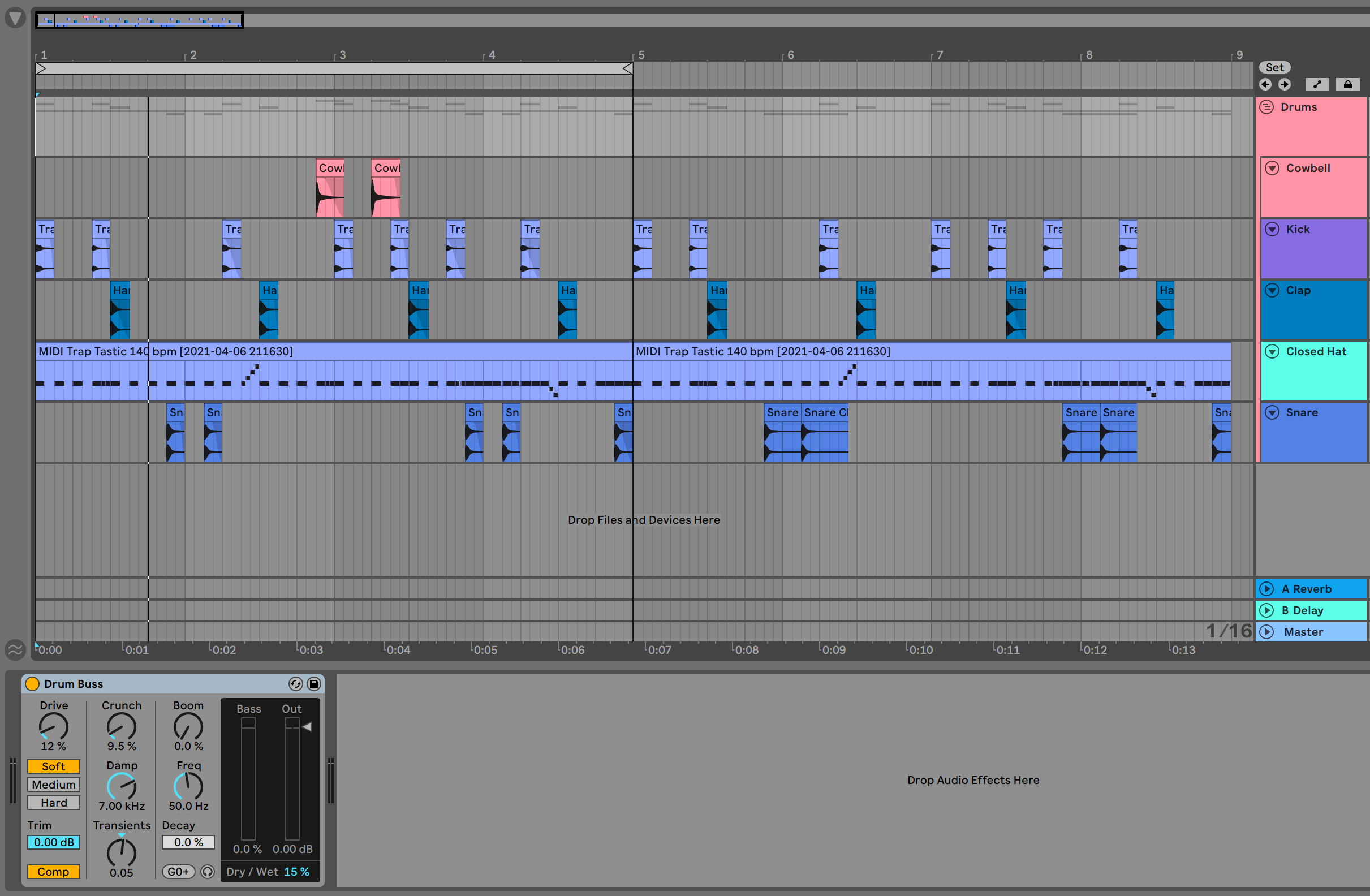
How to Make Melodic Trap Beats_Part 1 (Drums)
Make Melodic Trap Beats Part 1
Trap Drums are not complicated at all. There are a few basic elements that we need to make a bouncy trap beat. A trap drum kit consists of a kick, clap and hi-hat at its core. You can add other snares, vocal one-shots and percussion samples to fit your style. Our three core drum sounds need to be punchy and short. Trap beats have a tempo of 140-160BPM. We will make our beat in 140BPM.
1. The Kick
Trap kick drum selection is extremely important. The kick needs to sit perfectly with our bass/sub in the mix. A short kick drum with a very emphasised attack would cut through the mix much easier than a sub heavy low-kick. Drag your sample into an audio track and start laying them according to Ableton's grid. You can turn the metronome on for reference.

